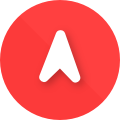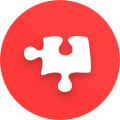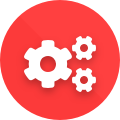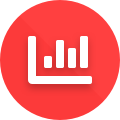August 10, 2022
Five Takeaways from ACCESSE22: Using Digital Tools in Concert with your OKRs
Written by: Alexandra L. Isham, PMP
Last month, McKinley Advisors attended ACCESSE22 in Richmond, VA, an annual conference hosted by the Council of Engineering and Scientific Society Executives (CESSE). While there, I had the opportunity to present to a room full of colleagues and association professionals on operationalizing an organization’s strategic plan, specifically how technology and OKRs (objectives and key results) intersect to encourage meaningful, measurable progress towards meeting an organization’s strategic goals. I was joined by Nicole Lourette, Senior Manager, Strategic & Business Planning at the Association for Materials Protection and Performance (AMPP) and Brandon Bobisink, Director, PMO at the American Geophysical Union (AGU). Here are five key takeaways from our session:
Before you dive in, are you familiar with OKRs? If not, review our blog here to catch up!
- There are several benefits of using standardized digital tools to craft and track your OKRs:
- Common and synchronized effort across the organization, with more centralized discussions and participation happening within the tool.
- Increased transparency, both across departments and between levels within the organization to increase collaboration.
- Increased accountability, with an aim to quickly identify roadblocks, and solve problems, not to penalize OKR owners who have an OKR that is falling behind.
- More informed decision-making, especially for resource allocation.
- Regardless of technical sophistication or budget, you can use digital tools in the formulation and tracking of OKRs.
- Formulation: Miro is a digital whiteboarding tool that allows for multiple users to craft and refine OKRs simultaneously and build on each other’s work.

- Formulation: A Google Sheet allows for simultaneous editing by multiple users.

- Tracking: OKR-specific tools can be a great asset in your OKR portfolio. Tools like Gtmhub offer robust reporting and planning capabilities.
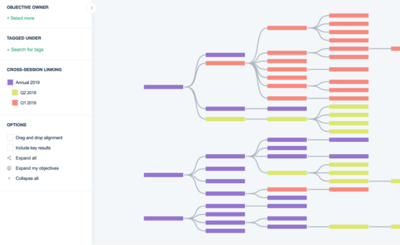
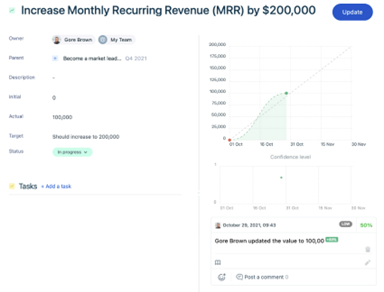
- Tracking: Project management software, like monday.com or Teamwork, can be highly customized to fit your organization's needs when it comes to tracking. If you’re already using a project management software, this can be a great option to cut back on onboarding, as your team will already be familiar with the tool.
- Formulation: Miro is a digital whiteboarding tool that allows for multiple users to craft and refine OKRs simultaneously and build on each other’s work.
- When selecting a tool, consider the following factors and features:
- Ease of use / onboarding
- Budget
- Reporting functionality
- Complexity (ability to add RACI details, other customized tracking)
- Automation
- Level of support from the company/third-party
- Transparency (hidden details vs. fully visible to all users)
- Integrations with existing organizational tools / software
- Regardless of the tools you choose, ensure you discuss team accountability and track it in the tool, so every member of the team is clear about who is responsible (the person executing on an OKR) and who is accountable (the person with final authority).
- Once you have selected your tool(s), schedule regular check-ins scheduled to keep OKRs on track and updated. Check-ins are:
- Intended to be efficient, agile; meant to answer questions and/or elevate questions to a senior team meeting as needed; collaborative
- Not intended to be burdensome or punitive (but accountability and progress reports are still important)
Market Research
5 min read
| March 26, 2025
Using Market Research to Drive an Advocacy Agenda
Read More
Governance and Leadership
6 min read
| February 20, 2025
Meeting the Moment: Leading Through Uncertainty
Read More
Strategic Planning
9 min read
| January 28, 2025

